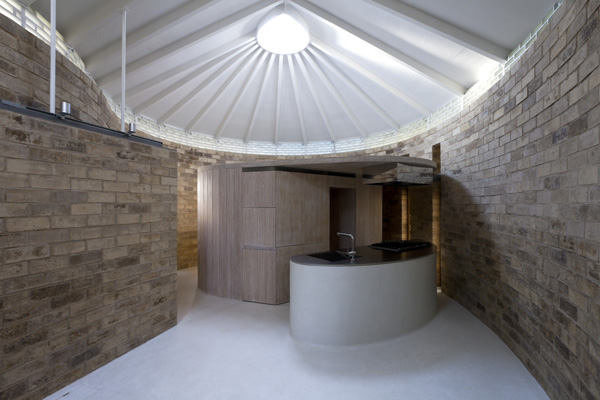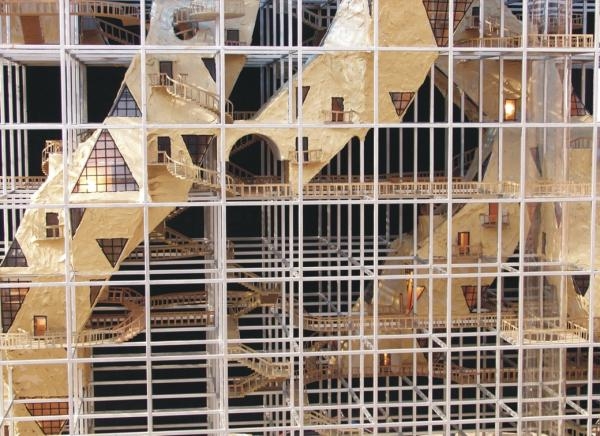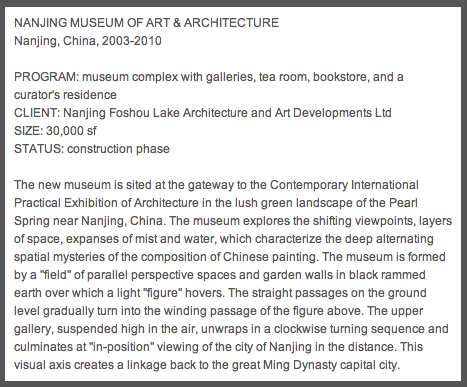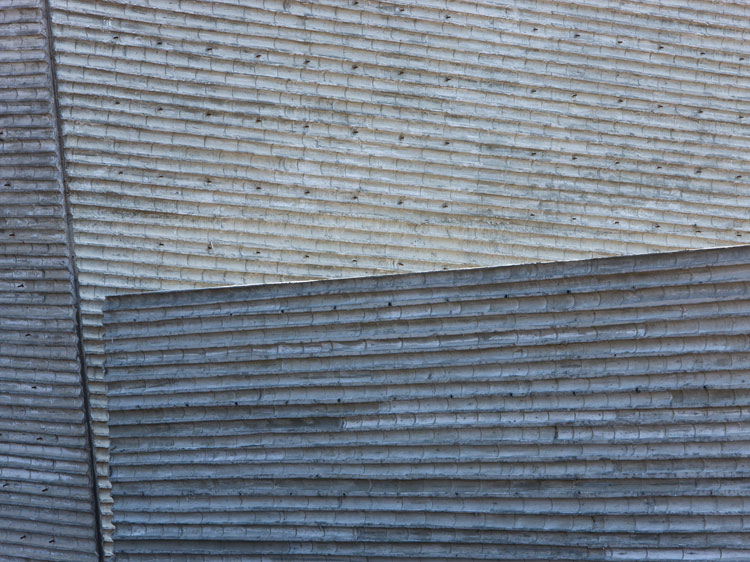Framework:
Mokpo National University, its Department of Architecture, partner of the UNESCO Chair Earthen Architecture, building cultures and sustainable development, the National Research Institute of Cultural Heritage of the Republic of Korea, and the Institute of Earth Architecture in Korea (TERRAKorea), are the organizers and hosts of the 2011 International Conference on Earthen Architecture in Asia, that will take place October 11th to 14th, 2011, in Mokpo. The conference results from the will to activate exchanges between the public, academic, scientific and private sectors involved in research and study activities on immovable earthen cultural heritage, on the earth materials, and on earth construction techniques, as well as in the revival of up?to?date earthen architecture in the Asian Region, and to confront this regional background to the international community also involved in the field. This type of event has not been carried out at such a large scale since the international conference in Beijing, China, in 1985 and it represents a unique opportunity for discussing the most recent achievements in specific fields related to earthen architecture as well as the substantial and significant work carried out by the countries of the Asian Region, and to disseminate updated information at the regional and international levels.
Goals:
The conference aims principally at assessing the state of the art in research, fundamental and applied, as well as the research and development (R&D) related to earth architecture in the Asian Region, to study recent developments in the field of heritage conservation (archaeological sites, historical and monumental architecture, vernacular building cultures), recent architectural design and housing projects, and recent achievements valorizing the use of earth for promoting a cultural continuity and contributing to the sustainable development and preservation of the cultural diversity.
Contributions:
This conference will include specialists from throughout the Asian Region but will also accept other international contributions that will be selected by the scientific commission which should contribute to create more active exchanges and networking among professionals of the academic, scientific, public and private sectors dealing with earth construction, architecture, and innovation in earth building materials and techniques.
Themes:
Theme 1 : History of earthen architecture in Asia and other regions of the world (limited opening) :
• Archaeological sites and historical monuments
• Vernacular architecture and traditional building cultures
Theme 2 : Actuality and prospects for earthen architecture in Asia and other regions of the world (limited opening) :
• Fundamental investigations on the material, research and development (R&D)
• Architectural design and sustainable development
Organizing Commission:
Department of Architecture of Mokpo National University : Professors Heyzoo Hwang, Taehoon Kim, Il Choi, Ji?Min Kim, Yank?Ki Oh, Jeong?Gyu Kim, Chang?Geun Yoo, Tae?Hak Roh TERRA Korea (Institute of earthen architecture of Korea) : Chung?kee Lee, Jongwon Lee, Minkyu Koh, Jongkook Lee, Soonwung Kim
Scientific Committee:
Members of the UNESCO Chair Earthen Architecture, building cultures and sustainable development, National Superior School of Architecture of Grenoble, France
Members of ICOMOS?ISCEAH: International Scientific Committee for earthen architectural Heritage
Other scientific personalities (Japan, China, India, and other countries)
Program:
Tuesday 11th: Opening of the conference
Presentations of the 1st Theme, part one
Wednesday 12th: Presentations of the 1st Theme, part two
Presentations of the 2nd Theme, part one
Thursday 13th: Ending presentations of the 2nd Theme
Friday 14th: Guided tour
Important dates:
March 30th 2011: Submission of abstract
April 30th 2011: Notification of abstracts’ acceptance
June 30th 2011: Sending full papers
July 15th 2011: Notification of papers’ revision
September 15th 2011: Final paper delivery
Further information:
TerraAsia 2011 (PDF)
Website: terrasia2011.org (For accessing to all data and directives)
Email: TerrAsia2011@gmail.com (For sending abstracts and articles)















